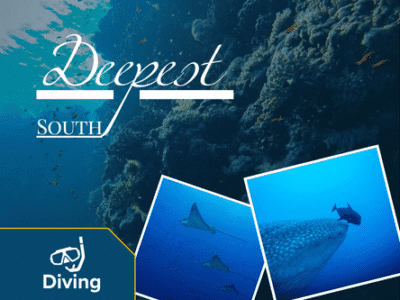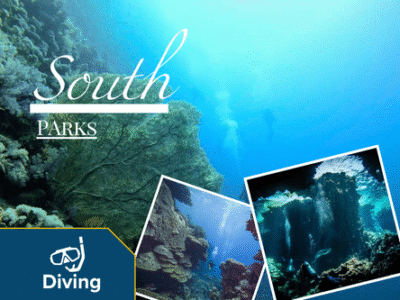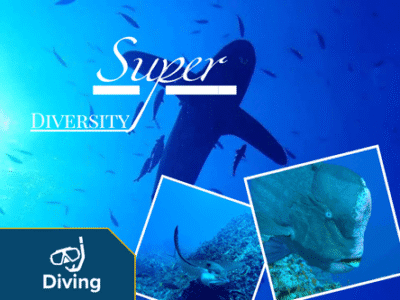Saint John’s (St. John’s)
Saint John’s (St. John’s) reef system, located in the southern Red Sea near Marsa Alam, is famed as one of Egypt’s premier dive regions, offering pristine reefs, diverse marine life, and unique underwater formations only accessible via liveaboard excursions.
Location and Accessibility
St. John’s lies over 200 kilometers south of Marsa Alam, close to Egypt’s border with Sudan. Most trips to these reefs depart from Port Ghalib or Hamata marina and usually involve overnight sailing with liveaboard vessels, ensuring divers experience remote, uncrowded sites.
Notable Dive Sites
Some of the most famous sites in the St. John’s area include:
Habili Ali: Features dramatic drop-offs, large gorgonians, black corals, and frequent sightings of longnose hawkfish, grey reef sharks, barracuda, and napoleon wrasse.
Habili Gafaar: Known for masses of soft corals, snappers, butterflyfish, and barracudas.
Dangerous Reef: A plateau at around 20 meters, ideal for night dives and swim-throughs with easier currents.
St. John’s Caves: Famous for shallow cracks leading to beautiful caverns and swim-throughs, with abundant reef fish and eels.
Paradise Reef: Just minutes by boat from St. John’s, it has sandy bottoms, coral pinnacles, walls, and teeming marine life including rays, sharks, turtles, and colorful fish; excellent visibility and suitable for all levels.
Gota Kebir, Umm Aruk, and Habili Ali: All offer distinct underwater landscapes, coral gardens, and encounters with pelagics and macro-life.
Marine Life
St. John’s supports a spectacular diversity of both hard and soft corals, including Dendronephthya and gorgonians, plus:
Sharks (grey reef, oceanic whitetip, hammerhead)
Barracudas, tunas, snappers, dolphins, napoleons
Turtles, rays, eels, lionfish, and nudibranchs
Diving Conditions
Visibility: Outstanding, often exceeding 30 meters.
Depth: Varies by site, with shallow plateaus, deep drop-offs, and extensive cave systems from 5 to 60 meters.
Currents: Can be strong, especially on drop-off sites, so these reefs are recommended for intermediate and advanced divers, although sites like Paradise Reef cater to beginners as well.
Best Way to Dive
The very remoteness of St. John’s means most dives are conducted by liveaboard, allowing multiple dives daily and exclusive access to a wide range of locations. Night dives, cave exploration, and drift dives are all possible, with onboard guides ensuring safety and local expertise.
St. John’s reefs represent one of the most biodiverse, visually stunning, and rewarding diving destinations in Egypt and the Red Sea, perfect for both thrill-seekers and underwater photographers.














